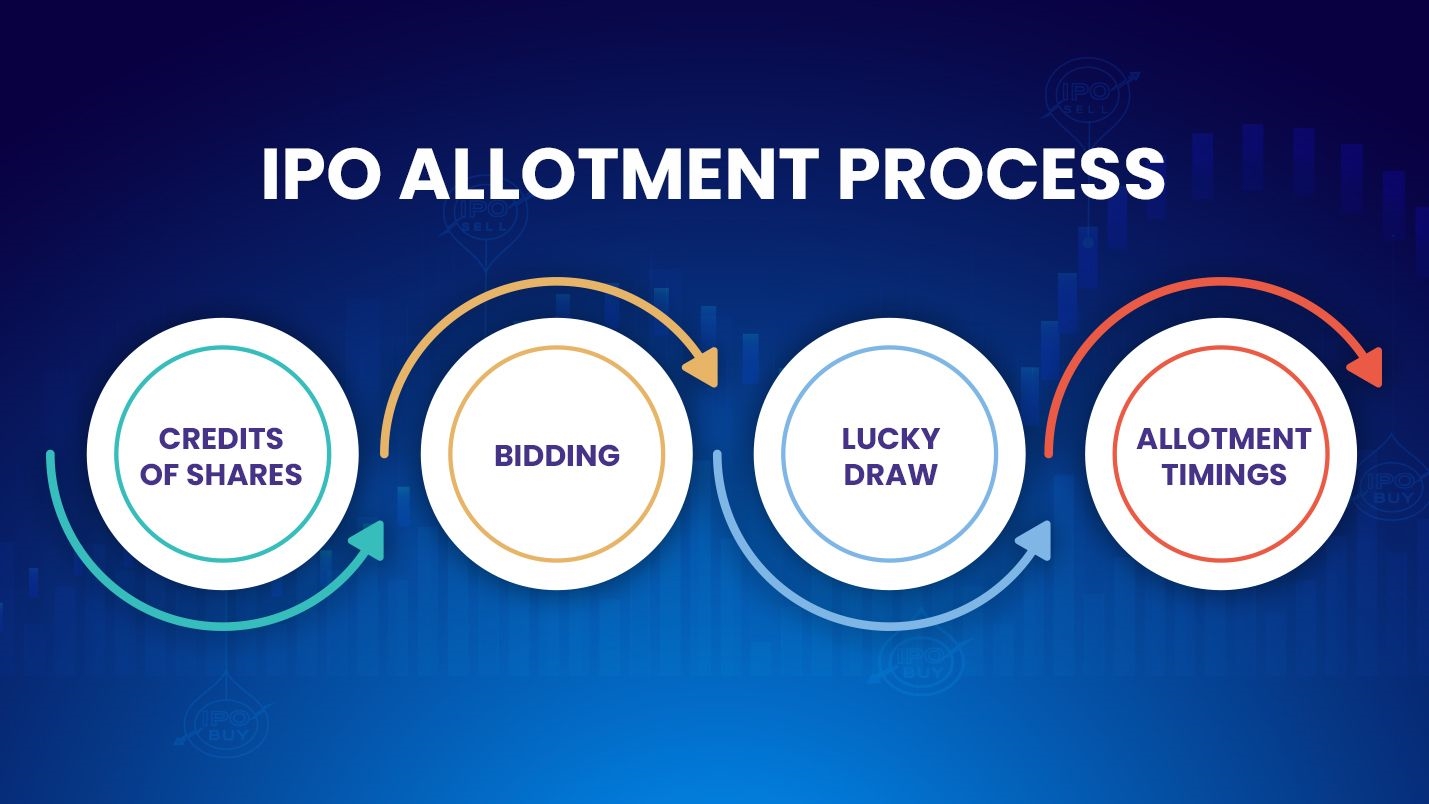IPO investments are amongst the most preferred modes of investing in the securities market. Not only is it easy to invest in IPOs through your demat account or bank’s Internet Banking platform, it is also convenient to check whether you have received allotment in the IPO. In this article, we shall discuss the IPO allotment process, how to check your IPO allotment status, and what this status entails for your investment portfolio.
IPO Allotment Process
Once the subscription window for an Initial Public Offering closes, the IPO allotment process begins. Firstly, all the applications received for the IPO in various investor categories are organised and the incomplete applications or applications with wrong information get eliminated. The cut off price for the issue (for book building issues) is determined based on the total subscription for each category (number of applications received and the number of shares bid for).
An IPO can be undersubscribed, oversubscribed, or subscribed at par. Should an IPO be undersubscribed, all the applicants usually get share allotment. In case of oversubscribed issues, the IPO allotment process takes the course of proportional allotment. The IPO allotment process may take up to seven working days depending upon the issue’s size, type, and quantum of oversubscription. Once the shares have been allotted, the company gets listed on a stock exchange. Then the shares can be purchased and sold in the open market.
Ways to check IPO allotment
You can check whether you have received allotment in the IPO allotment process, and your IPO investment is complete. There are several ways to check this information, including the website of the registrar to the issue, the website of the National Stock Exchange or the Bombay Stock Exchange, your demat account.
- Check IPO allotment status through the registrar’s website: You can visit the official website of the registrar to the issue, and check whether you have been allotted shares during the IPO allotment process. In order to check this information, you must enter your Permanent Account Number, IPO application details, etc.
- Check IPO allotment status through your demat account: Another way to check the result of the IPO allotment process vis-a-vis your application is to log in to your demat account, navigate to the section marked IPOs, select the relevant IPO application, and check the allotment status. If you have received share allotment, the shares shall be credited to your demat account. In the case of non-allotment, the application money blocked in your savings account shall be unblocked.
- Check IPO allotment status through the website of the National Stock Exchange: To check whether your IPO investment is complete, you can log in to the website of the National Stock Exchange, enter your user Id and password for the website (sign up if you are unregistered on the NSE website), select the relevant IPO, and check the status of the IPO allotment process.
- Check IPO allotment status through the Bombay Stock Exchange’s website: It is also possible to check IPO allotment status through the BSE website. To do so, access the website and enter your Permanent Account Number and IPO application number. Then you can check the IPO allotment status.
What IPO allotment status entails for investors
After the completion of the IPO allotment process, you can get clarity on whether your IPO investment is successful. If you receive complete or partial allotment, the alloted shares get added to your investment portfolio. In the case of non allotment, however, your blocked application amount shall be unblocked, and you can consider allocating the funds to another investment option. Gaining clarity on your IPO allotment status is, therefore, critical to your future investing decisions.
The bottomline
As soon as the IPO allotment process is complete, you can start checking your IPO investment status on the official websites of the NSE, BSE, or Registrar to the issue. Alternatively, you can check your demat account for the same information.
Additional Read: For more information about our business and services, feel free to visit our Google My Business page.


